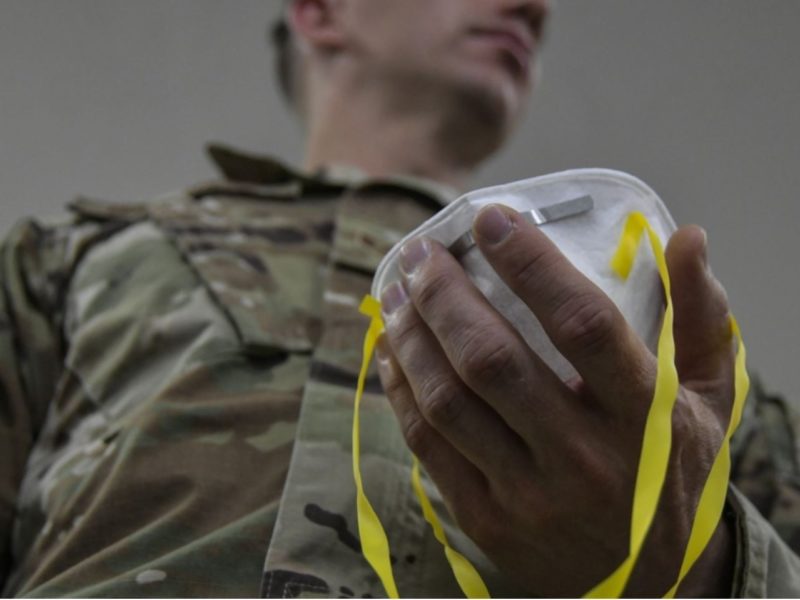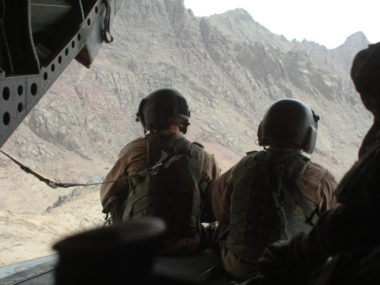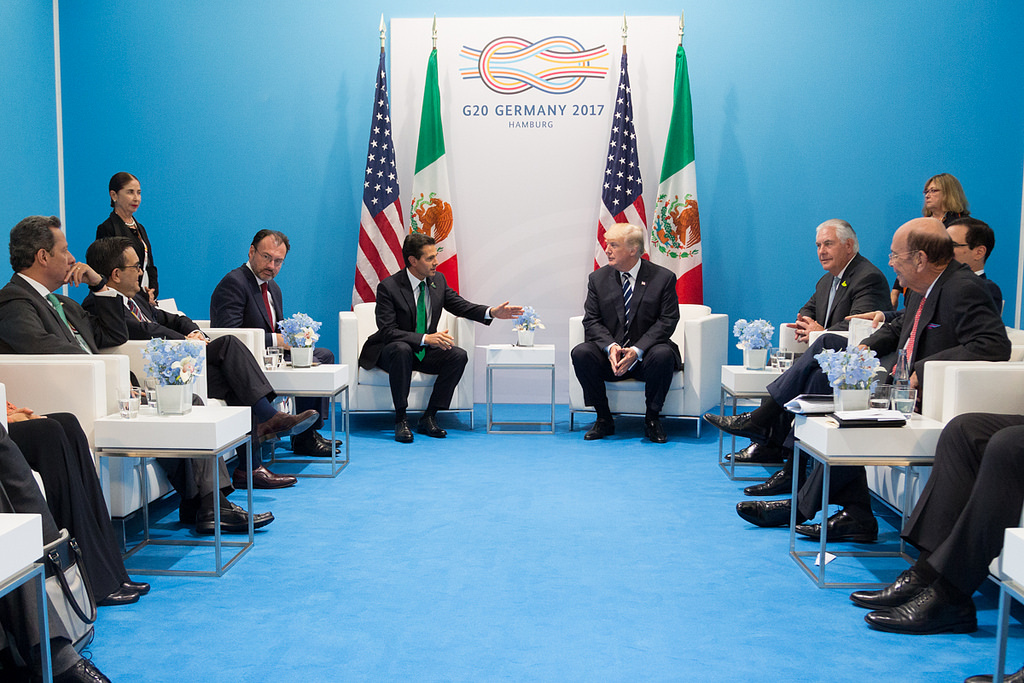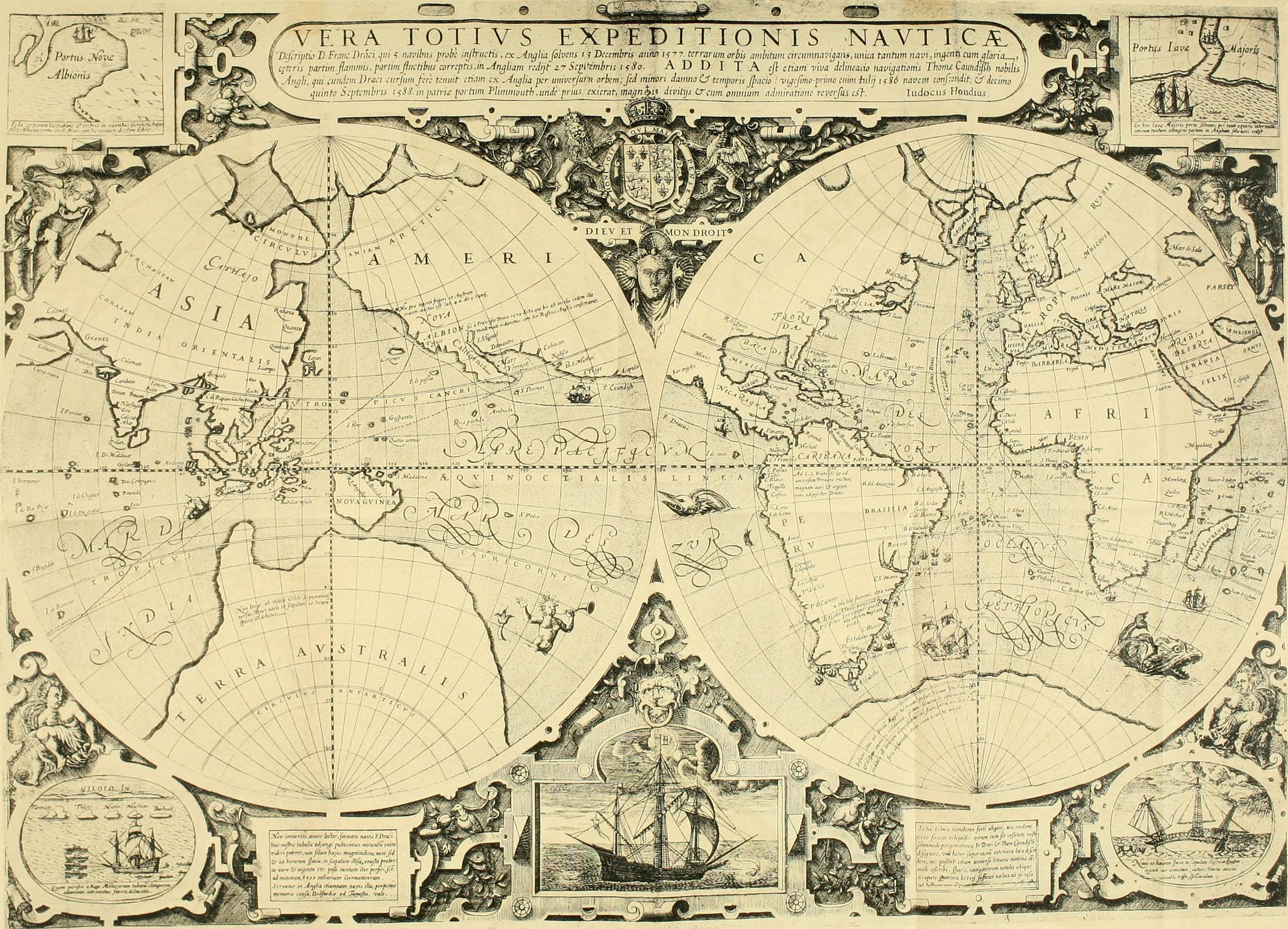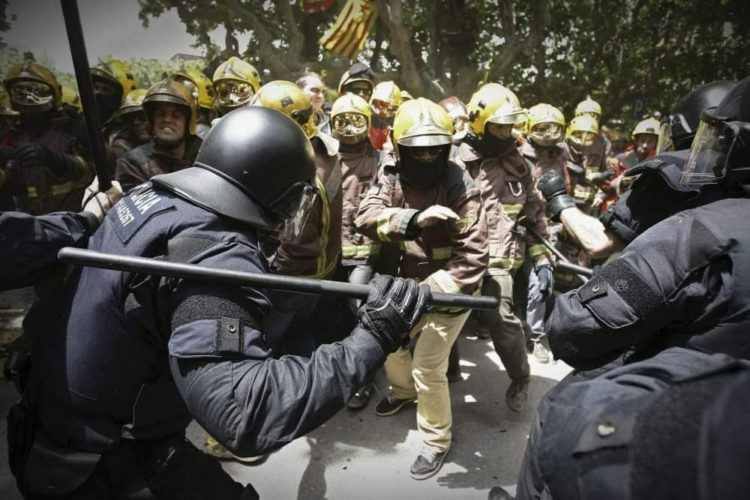Will the COVID-19 pandemic increase or decrease conflict around the globe? Across myriad blog posts and op-eds, a consensus appears to be emerging: in the short term, the global community may experience a pax epidemia, as Barry Posen refers to it, where “the odds of a war between major powers will go down, not up.” But the opposite may be true for intrastate conflict—e.g. civil wars and insurgencies—where conditions seem ripe for more turbulent subnational politics.
Taken together, this would mean that in the short term, the global pandemic will have inverse effects on inter- and intra-state conflict, decreasing the latter while increasing the former. While this might seem unusual, there is actually a precedent: nuclear weapons and the stability-instability paradox. Coming from seminal work by Snyder and later Jervis, the stability-instability paradox refers to the relatively simple idea that “To the extent that the military balance is stable at the level of all-out nuclear war,” owing to the possibility of mutual destruction, “it will become less stable at lower levels of violence” (Jervis, 1984). In other words, because nuclear weapons discourage major conflicts, they simultaneously encourage minor conflicts that are prevented from escalating. During the Cold War, this resulted in countries frequently supporting armed groups, engaging in proxy wars, and otherwise meddling in sub-national affairs.
Of course, this is not a perfect analogy. The stability-instability paradox primarily refers to pairs of states with nuclear capabilities. A pandemic is also wholly distinct from the destructive, deterrent power of nuclear weapons, and the mechanisms underlying cause and effect in both cases are fundamentally different. But the net, observable effect of COVID-19 and nuclear proliferation is similar: stability at one level, instability at another, and an overall lower likelihood of direct foreign engagement.
With this in mind, what else can we learn from this analogy?
First, despite the strategic restraint imposed by nuclear weapons, major, destructive wars still lurked in the shadows. Crises repeatedly tested the prevailing stability and brought the US and the Soviet Union to the brink of war, with many of these only narrowly avoiding a nuclear exchange. Today, while there are again reasons to think that war is again less likely, some are nonetheless warning that the US and China may be stumbling towards conflict. Disputes over the source of the new coronavirus and China’s withholding of information may propel the two towards an engagement that neither side wants and that neither side can fully control.
The strategic stability offered by nuclear weapons also complicated the resolution of subnational conflicts, and COVID-19 might do the same. During the Cold War, US and UN forces avoided interventions where Soviet interests were strong. Today, US and UN forces may avoid interventions where COVID-19 is prevalent. Faced with the prospect of exposing their armed forces to infection, and potentially undermining operational readiness (as the US recently experienced with the USS Roosevelt), states may rethink foreign involvement, become more isolationist, and leave conflicts and foreign civilians to their own devices.
Nuclear weapons-based strategic stability allowed states to brutally crackdown on domestic dissent with relative impunity. China, Russia, North Korea, and even Libya are cases in point. Today, how will states respond when regimes crackdown amid a COVID-19 outbreak? How will the international community react when repression is justified as a necessity of public health, and when states are hesitant to intervene or open their borders to refugees? The present era might, therefore, witness an authoritarian, repressive turn not seen since the height of the Cold War.
During the Cold War, countries seeking nuclear weapons were perhaps most vulnerable on the path to attaining them—in the gray zone between being with and without a nuclear deterrent. This is because successful nuclearization would trigger the stability-instability paradox and allow for mutual deterrence. States with recovering or worsening COVID-19 outbreaks might also be particularly vulnerable and may experience strategic conditions that are distinct from widespread-infection or full-control. This is especially true if their adversaries have their infections under control, offering windows of opportunity that give one side an advantage.
What happens when the pandemic ends? Nuclear weapons fundamentally reshaped international politics. If COVID-19 turns out to be a seasonal occurrence, and if vaccines prove ineffective, then it may also fundamentally reshape how states interact.
The stability-instability paradox analogy suggests that not all is lost. By some accounts, nuclear proliferation was good for interstate relations, further proliferation could even create greater stability, and the world managed to avoid nuclear war. Now, with our shared humanity on full display, perhaps countries are poised to similarly avoid the worst potential consequences of COVID-19 and instead embrace the pax epidemia for the better.

